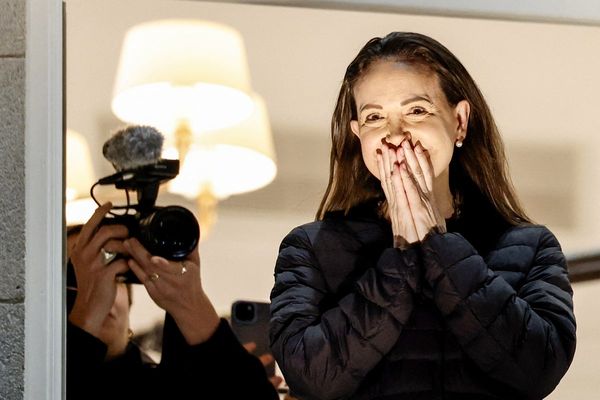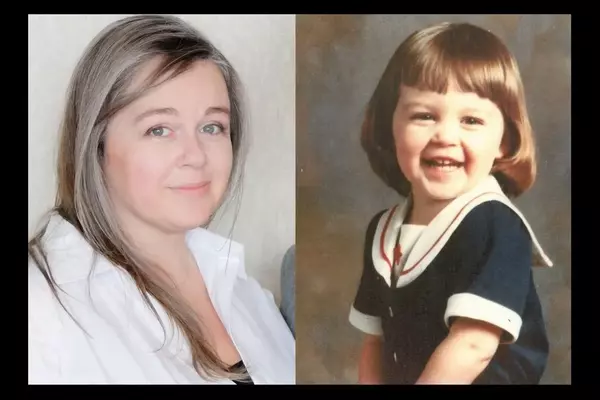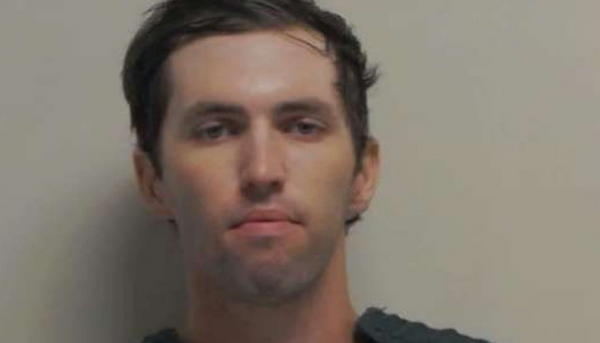Exactly a year ago, at 32 weeks pregnant, I had a small, beautiful bronze made of my swollen body - cast using digital 3D scans and a lot of naked bravery on my part.
It feels strange to me now, whenever it catches my eye on the shelf, that my body ever looked that way. It feels important to try to remember how it felt to carry my son. But while it was a joyful experience to capture my pregnant body, it would never have occurred to me to do the same for my postpartum one in its soft, scarred and deflated state. We’ve been made to think that is something to hide away, under baggy clothes, until it has ‘bounced back’.
What if instead we celebrated it and all it has achieved? That’s the idea behind a new statue, called Mother Vérité, commissioned by Chelsea Hirschhorn, founder of the Frida Mom and Baby brand and crafted by British artist Rayvenn Shaleigha D’Clark. The 7ft bronze, unveiled in London this week, is being hailed as the first to show a postpartum woman and was created from 3D scans of 40 real women between two weeks and 3 months after giving birth - bloated tummy, stretch marks, sore breasts, Linea Nigra, proud defiance on her face. D’Clark told me that expression had been a challenge to capture: the confidence yet fragility of new motherhood.
.jpeg)
A tiny part of me, I admit, worried it might be virtue-signalling. Although it’s hard to deny that the capital needs fewer statues of men on horses and more of women - we make up just four per cent of the total, fewer than those of animals. In other cultures, postpartum figures are honoured, in London we’re often reviled. I can’t be the only one who’s had strangers make personal comments about my still tender body on public transport.
Statues of women in London make up just four per cent of the total, fewer than those of animals
When I saw her in the dimpled flesh? It brought a lump to my throat (blame the lingering pregnancy hormones). Art, at its best, has the power to inspire emotional connection, but being confronted with the reality of what my own body has endured in recent months - something we never usually see beyond the bathroom mirror - was evidence of just how much we’re crying out for realistic representations of women. Ones that take us far away from the images we see on social media and contribute to many new mothers feeling as though they’re outside of mainstream society for not looking a certain way. It’s no coincidence that the statue was unveiled outside the Lindo Wing in Paddington, the scene of so many groomed royal mothers standing on the steps just hours after giving birth.
There are those who will, I’m sure, be offended by seeing a woman’s body in this non-sexualised state. But there will be far many more who will feel less alone after seeing themselves reflected back in bronze. After all, that was me, just a few months ago, wearing those same disposable knickers while cradling a tiny baby and wondering how I got here. It’s both brutal and beautiful. As Hirschhorn says, “If statues are meant to show our heroes, surely mothers are the greatest heroines there are.”







